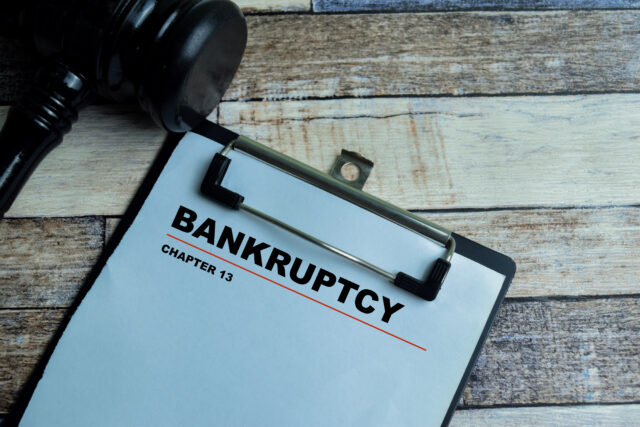For those burdened by debt, the most terrifying prospect is losing their home. Falling behind on mortgage payments can, unfortunately, lead to foreclosure. While a second mortgage might offer temporary relief, the continued accumulation of debt often leaves bankruptcy as the only viable option. If you find yourself in this situation, you are likely wondering about the fate of your second mortgage during bankruptcy. Please continue reading as we explore this process and highlight the importance of consulting with our dedicated Wyoming Chapter 13 Bankruptcy Lawyers for guidance.
What Does It Mean to Strip a Second Mortgage?
First and foremost, it’s important to understand that a second mortgage acts as a lien on your home’s accumulated equity, which grows as you make payments on your first mortgage and enhance your property’s value. Unlike refinancing, where the terms of your original loan are altered, a second mortgage is a completely new loan, potentially from a different lender. While often used to prevent foreclosure, these mortgages can also serve to consolidate other debts.
In the context of bankruptcy, “stripping” a mortgage eliminates this lien. Although the debt itself may persist, your home is safeguarded from foreclosure if you default on these payments. Furthermore, any remaining debt can be discharged once your bankruptcy case concludes.
What Bankruptcy Chapter Must I File?
In Wyoming, stripping a second mortgage requires filing for Chapter 13 bankruptcy. A 2015 Supreme Court ruling classified that a second mortgage cannot be stripped in Chapter 7 because it involves asset liquidation, and stripping the mortgage would overly complicate the process by converting the home into an unsecured asset.
Under Chapter 13, you can reclassify a second mortgage as unsecured debt if the first mortgage exceeds the home’s market value. Essentially, when you strip the lien, the second mortgage is no longer tied to the property as collateral. Instead, it becomes similar to credit card debt, subject to a repayment plan. With Chapter 13 bankruptcy, your debts will be restructured, and you will make a single monthly payment to a trustee who then distributes the funds to your creditors. This process typically lasts three to five years, providing an opportunity to repay creditors and satisfy outstanding debts.
After the Chapter 13 plan has successfully been completed, the remaining balance on the unsecured second mortgage will be discharged, meaning it will be eliminated.
Stripping a second mortgage during Chapter 13 bankruptcy is a complex process. 307 Bankruptcy can provide the experienced legal guidance you need. We understand the challenges you face and are committed to helping you make the best decisions moving forward. Contact us today for more information.



